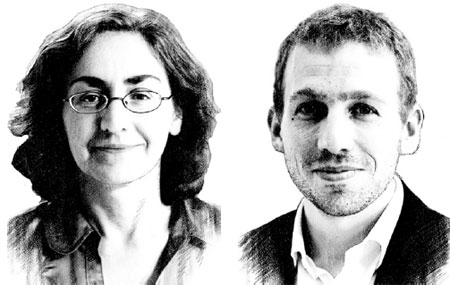Ties with other emerging economies crucial
By Elizabeth Sidiropoulos and Chris Wood (China Daily) Updated: 2014-07-14 07:37
After five years of introspection and institution building, the sixth BRICS summit offers an opportunity to the group to focus on its relations with the rest of the world. Relations with the G7 are particularly contentious. Russia's exclusion from the G8 following the crisis in Crimea has moved the BRICS to the center stage in Russian foreign policy thinking, and risks pulling the group onto an opposition footing with the West.
The other four BRICS member (Brazil, India, China and South Africa) will have to decide whether they stand by Russia in its ongoing standoff with the G7, or whether they will act as a bridge to reconnect Russia to the international community. The group seemed relatively united on the issue in late March, when the foreign ministers of the five member countries issued a joint statement standing by Russia in the face of possible expulsion from the G20.
The Crimea issue is a particularly difficult point for BRICS, because solidarity with Russia seems out of line with their uniting geopolitical principle of non-intervention and negotiated problem solving. Little is expected to be made clear at the sixth BRICS summit in Fortaleza, Brazil, because the group will attempt to keep its focus on less contentious economic issues and the building of some institutional architecture, in the form of the BRICS "new development bank" and contingent reserve arrangement.
But both these initiatives pose similar questions about the BRICS' relationship with the rest of the world. Commentators have been quick to frame them as standing in opposition to the Bretton Woods system, with the contingent reserve arrangement taking on the International Monetary Fund, and the new development bank becoming an alternative to the World Bank.
Much of this is overstated. The CRA will have a far more limited mandate than the IMF, focusing on providing up to $100 billion in foreign exchange to BRICS countries that face balance of payments or short term liquidity crises. Speculation is that the NDB will be capitalized with an impressive $50 billion, but this still puts it some way behind the leading regional development banks, such as the Asian Development Bank (with $136 billion) and African Development Bank (with $98 billion). The World Bank is still well ahead, with $223.2 billion in subscribed capital.











